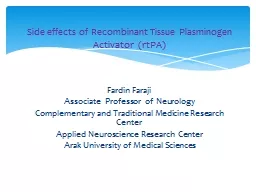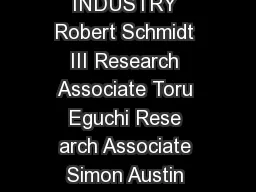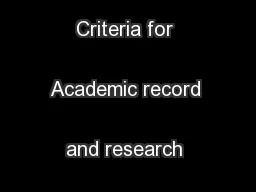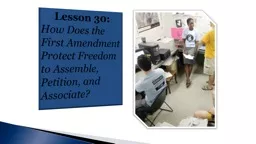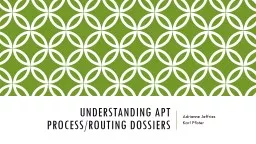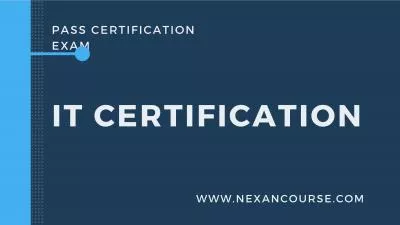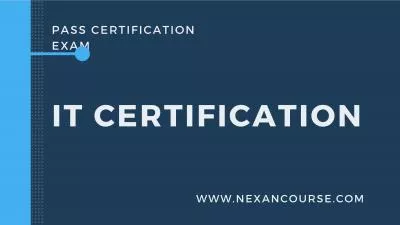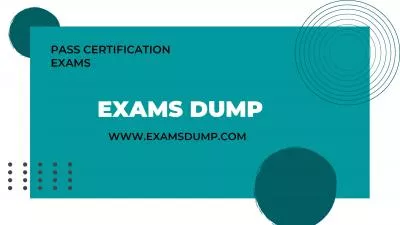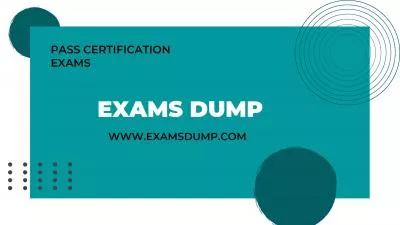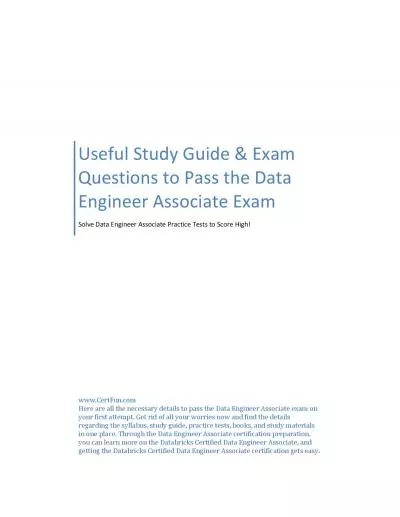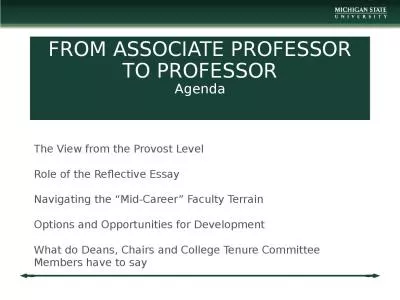PPT-Fardin Faraji Associate Professor
Author : HappyHippie | Published Date : 2022-08-04
of Neurology Complementary and Traditional Medicine Research Center Applied Neuroscience Research Center Arak University of Medical Sciences Side effects of
Presentation Embed Code
Download Presentation
Download Presentation The PPT/PDF document "Fardin Faraji Associate Professor" is the property of its rightful owner. Permission is granted to download and print the materials on this website for personal, non-commercial use only, and to display it on your personal computer provided you do not modify the materials and that you retain all copyright notices contained in the materials. By downloading content from our website, you accept the terms of this agreement.
Fardin Faraji Associate Professor: Transcript
Download Rules Of Document
"Fardin Faraji Associate Professor"The content belongs to its owner. You may download and print it for personal use, without modification, and keep all copyright notices. By downloading, you agree to these terms.
Related Documents

